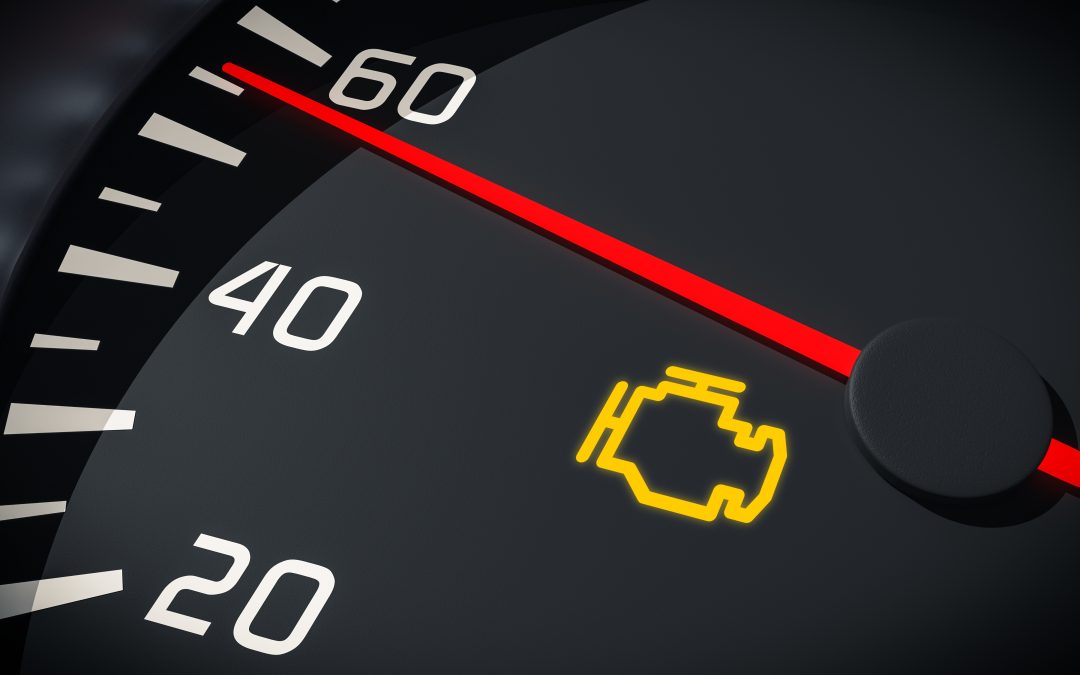We’ve all been there – cruising along the motorway, enjoying the hum of the engine, and suddenly, a dashboard light starts playing the lead role in your driving experience. What does it mean? Is it serious? Can I make it to the next petrol station without causing irreversible damage? The uncertainty can send shivers down any driver’s spine. Fear not, fellow motorists! In this article, we’ll decode the cryptic language of your car’s warning lights, specifically tailored for our UK drivers who might be feeling a bit lost in translation.
Engine Management Light: The Guardian of Smooth Rides

Ah, the engine management light – a glowing sentinel on your dashboard. If it’s a steady red, it’s urging you to pay a visit to our garage, but you can still carry on driving with caution. However, if it starts an impromptu disco by flashing while you’re on the road, think of it as your engine’s Morse code for “emergency.” Ease off the accelerator, find a safe spot, and restart after a brief hiatus. If the disco persists, shut it down and give us a bell. Ignoring it might tick off your catalytic converter or diesel particulate filter.
Battery Warning Light: Don’t Ignore the Red Beacon

A red battery light means your car’s not juicing up as it should. Stop the vehicle in a secure spot, cut the engine, and summon your breakdown provider. Trying to reignite the engine at this point could turn a minor hiccup into a major headache. The issue might lie in the wiring, the alternator, or the alternator drive belt – our expert eyes can quickly determine the culprit.
Oil Pressure Warning Light: Keep the Lubrication Flowing

When the oil pressure light flickers on, it’s not just mood lighting; it’s a warning. Pull over swiftly, check your oil level, and top up if needed. Consult your owner’s manual – it’s the wise sage in this situation. If the light persists, turn off the engine and call for backup. A malfunction here could spell doom for your engine’s lubrication, and that’s a road you don’t want to travel.
Brake Warning Light: When Braking Becomes a Worry

A brake warning light is your car’s way of saying, “Houston, we have a problem.” If your foot has to venture further than usual to hit the brakes, your hydraulic brake circuits might be playing hooky. Pull over immediately, and don’t play hero. If the brake fluid’s level checks out, it could be a sensor glitch – still worth a trip to our garage, though.
ABS Warning Light: Navigating Slippery Slopes

ABS light on? No need to panic. For most cars, it’s safe to continue your journey, especially if your wheels aren’t hosting a noisy party. Still, book an appointment with us to scrutinise the ABS system. Better safe than sorry, especially when rain or frost decides to join the driving party.
Brake System and ABS Warning Lights: The Red Alert Duo


Double trouble with brake and ABS lights? Pull over and summon your breakdown provider pronto. Gradually slow down, avoiding sudden stops. This isn’t the time for DIY fixes – a major brake fault might be lurking. We’ll get you back on the road safely.
Diesel Particulate Filter Warning Light: Clearing the Air

Diesel particulate filter light on? Keep calm and carry on, but not for too long. A 10-minute drive at speeds over 40mph should do the trick, clearing those sooty blockages. If the light remains stubborn, park it, turn it off, and call for backup. Your DPF is a health-conscious superhero, trapping harmful particles, but it needs a good workout to stay fit.
Understanding these dashboard hieroglyphics can turn a nerve-wracking journey into a calm cruise. Remember, knowledge is power, and in the world of cars, it’s the key to preventing costly breakdowns.
